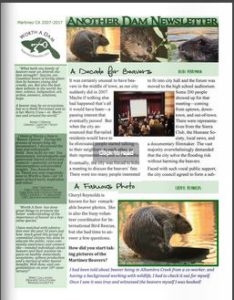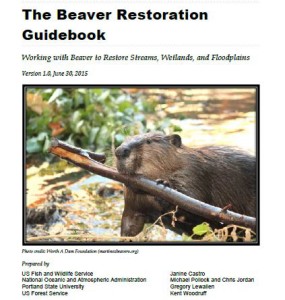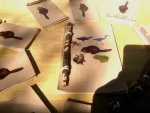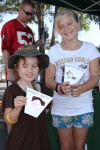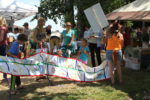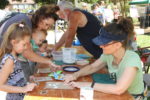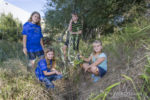There’s a scene at the end of Macbeth that has always bothered me. The rising hero and supposed good guy Macduff is visited by Ross who tells him that Scotland is in pretty dire straits, but not to worry about it too much and concentrate on the battle at hand. Macduff eventually gets him to admit he’s trying to avoid giving him bad news, and Ross blurts that back home his castle has been beseighed and his wife and children slaughtered.
Macduff is visibly shaken and repeats several times, “All? Did you say all?” Which is the part that always bothered me. Like his children were interchangeable and if one survived (any one – no one in particular) it would be okay. The girls or the boy might die but as long as ONE lives everything is alright. Because for him his children are like a bouquet, pretty and ornamental but no single flower matters more than any other.
But yesterday, I kind of started to understand.
Jon found a third kit dead around noon, this one had been dead a while. No signs of injury. Just floating near the new dam. We assume it was from whatever killed the others. UCD was slightly more interested that a third had died thought they might expedite the necropsy. I spoke to the city, county, Regional Water Board, and East Bay Regional Parks, but since no other animals or fish had died they felt it probably wasn’t the water. .
Last night the somber Worth A Dam members gathered watch. They saw Jr. and two 2 year olds and maybe Mom. No kits. But also no dead kit. One very important thing they saw was a muskrat, at the old dam. Very definitely. This is important because it means that we can probably assume it wasn’t a water-caused incident. Since muskrats are small like kits and most likely would have died too. Which means we should not be speculating about water but about disease…Moses said he’d keep watch last night and let Cheryl know if he saw anything, but since there’s no word this morning I’m guessing there was no dead kit last night either.
So not “All.” Not yet anyway.
I received this yesterday from Dr. Suilin at Edinburgh University I found it so comforting I thought we all should read it. Have a hankie at the ready; word to the wise.
Dear Heidi, I just wanted to tell you that I was distraught when I logged into the blog this afternoon. And I wanted you to know that however this turns out, Worth a Dam and the Martinez beavers have done more than anyone to put beavers and their importance right back on the ecological agenda. My one reassurance is that they are probably the most well-cared for and supported urban beavers, and that everything you and your team will do will be in their best interests.You have supporters worldwide with their fingers crossed for your beaver colony, and wishing them all the best. -Suilin— Dr. J. Suilin Lavelle Lecturer, Philosophy School of PPLS Dugald Stewart Building 3 Charles St. Edinburgh, EH8 9AD www.philosophy.ed.ac.uk www.suilinlavelle.co.ukThank you so much for your kind words. They warmed me in the coldest moment and made me feel like what we have done matters even if our ‘pretty ones’ didn’t make it.












 Ohhh, I think this is going to get amazing. Pull up a chair and get comfortable. I practically excerpted the whole thing. Feel free to go read it yourself. I’m sure Wisconsin is.
Ohhh, I think this is going to get amazing. Pull up a chair and get comfortable. I practically excerpted the whole thing. Feel free to go read it yourself. I’m sure Wisconsin is.








